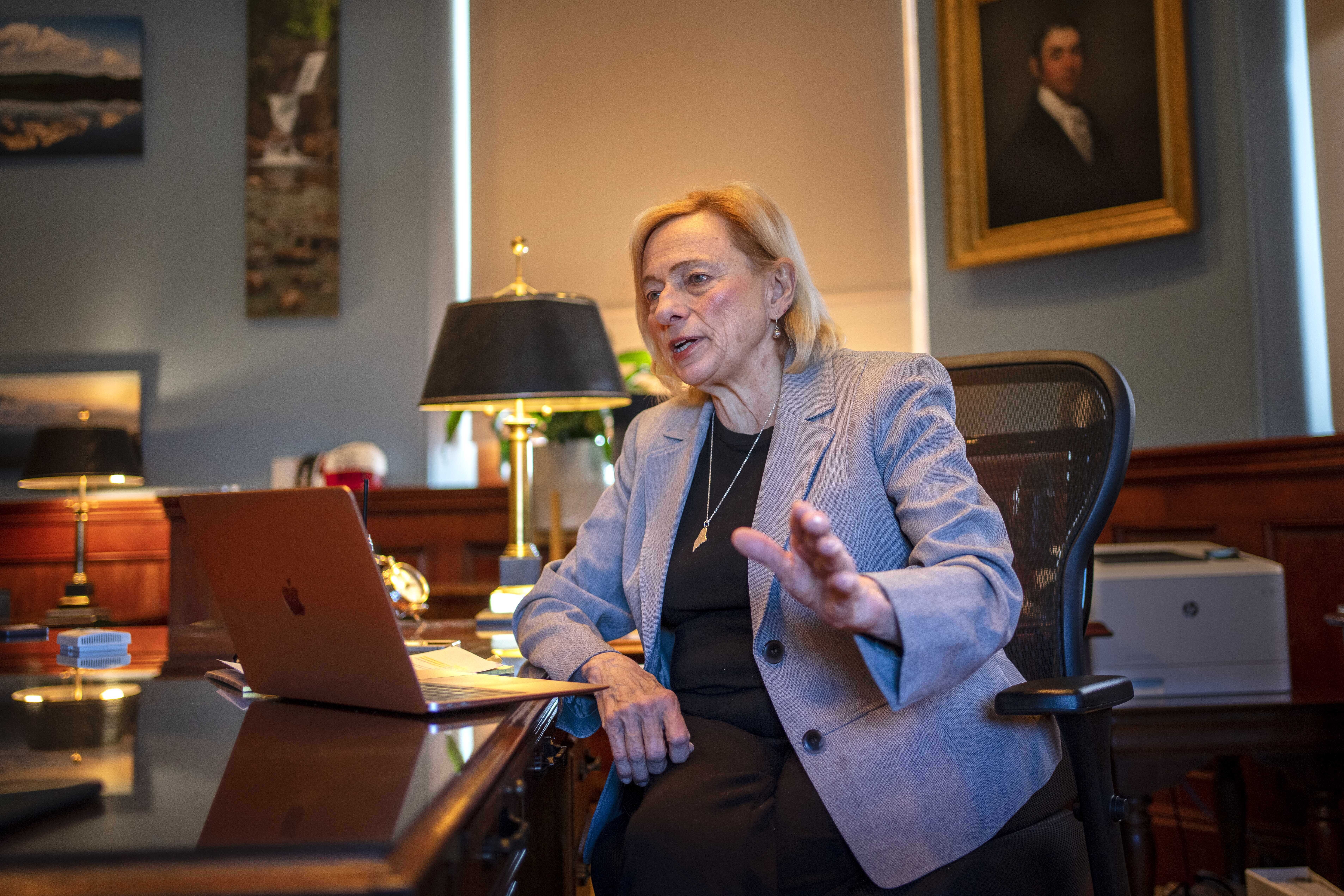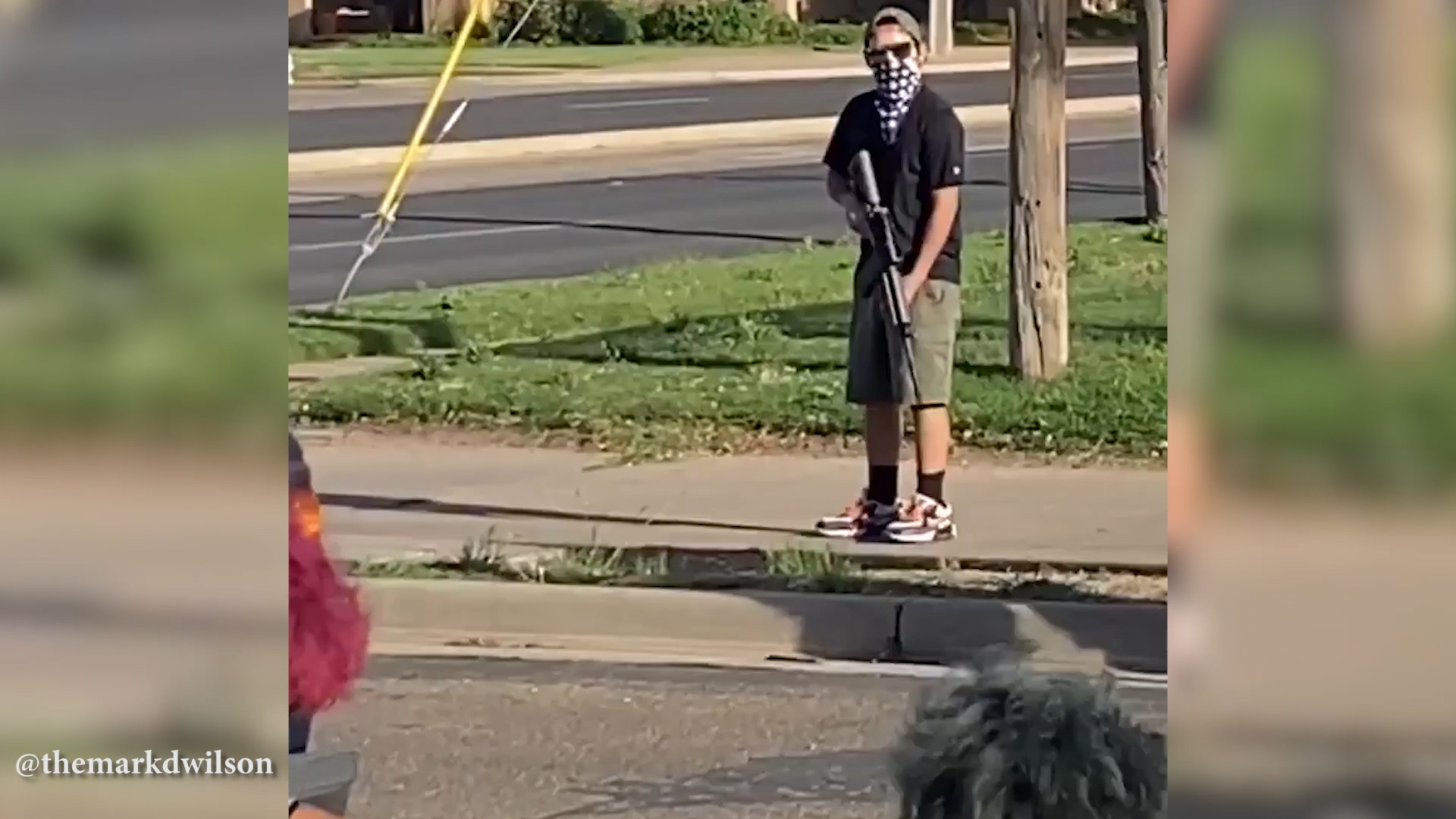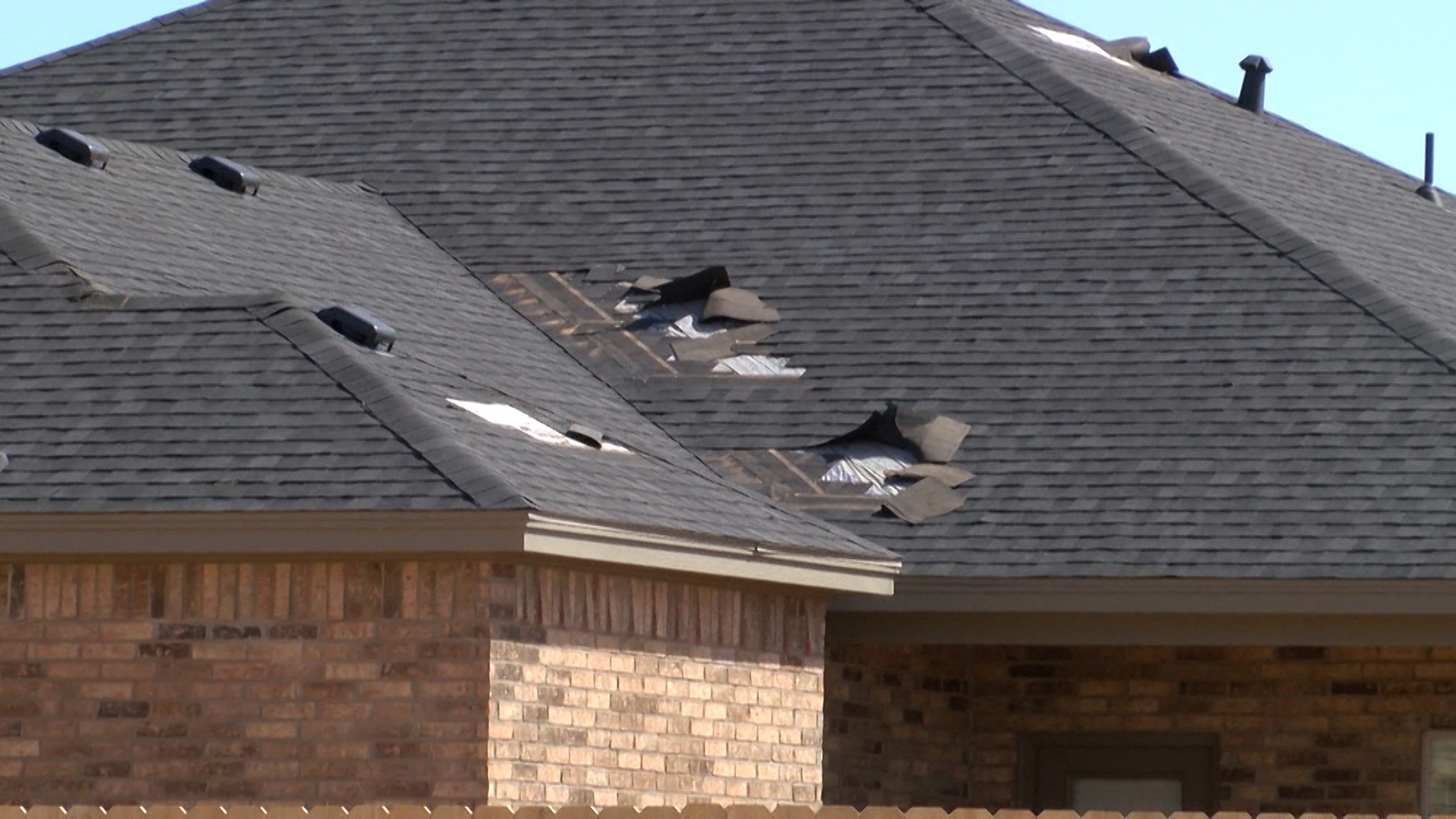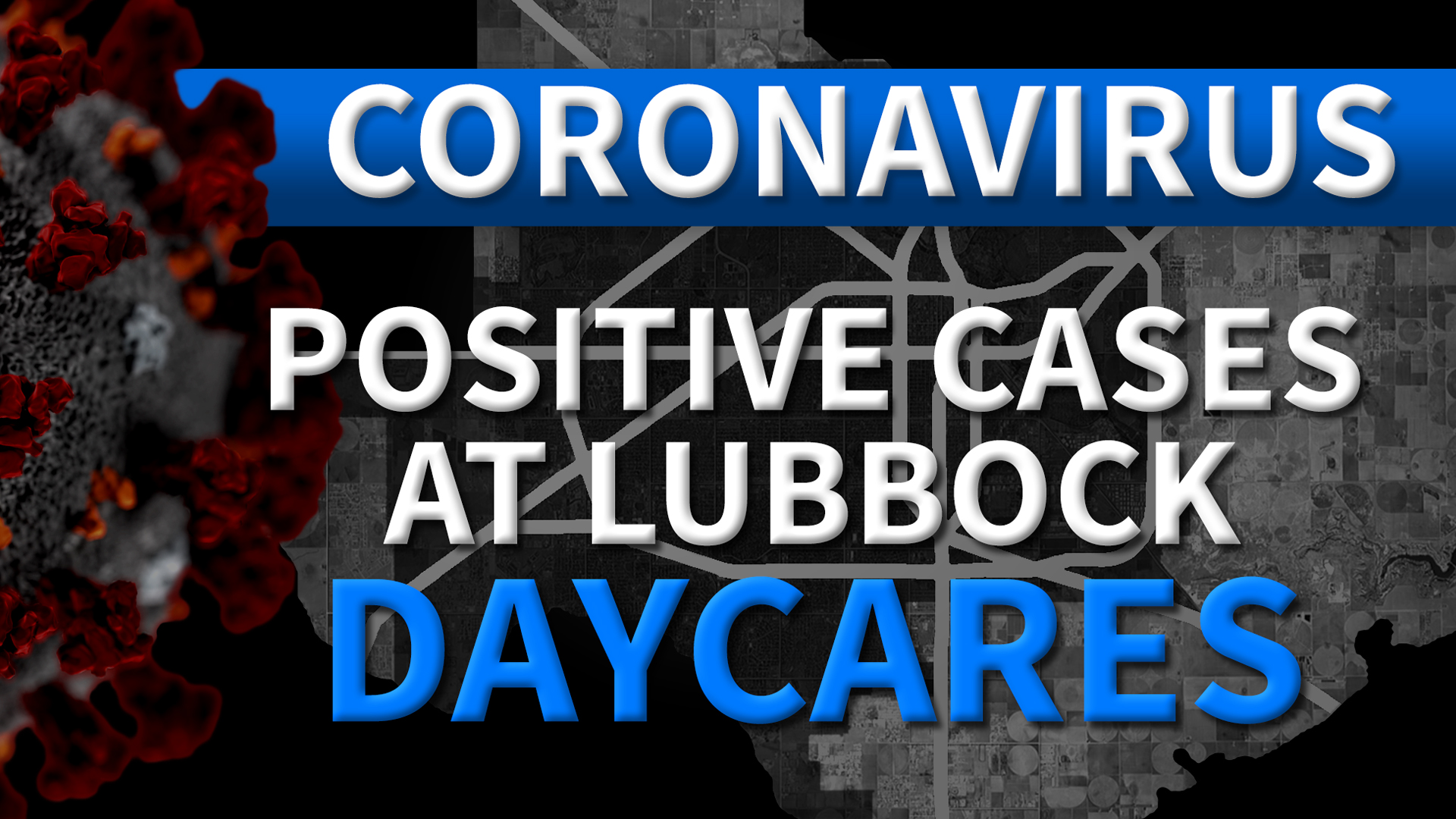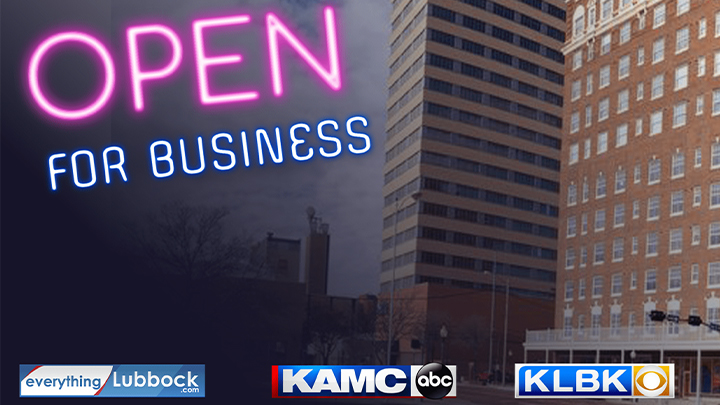AUSTIN (Nexstar) — Faculty of higher education institutions across Texas are working to quickly transition their curriculum online.
Earlier this week, colleges and universities in Texas announced classes would resume after spring break, but only online, due to the coronavirus outbreak.
“We’re all in a whole new world here, so everybody’s trying to figure out what’s the best way to take courses that weren’t online and adapt them to an online environment,” Chris McCarthy, a professor at the University of Texas explained.
Some students are concerned about the online transition.
“I’m curious to see how it works because I personally do better whenever I’m actually talking to people and I can actually go to the professor after class and ask questions,” Cameron Escalante, a student at Texas University said.
Some students have a hard time staying focused, and staring at a screen all day could impede their learning.
“Staring at a screen all day is exhausting, where possible, we’re encouraging our faculty really to think more and more about the ways they’re approaching learning, ways of breaking down that time into smaller chunks maybe, ways of connecting students with each other,” director of Instructional Innovation at the University of Texas Lucas Horton said.
Other students, who are more visual learners, could be more concerned about the lack of engagement in online classes.
Universities like Texas A&M are using video conferencing apps like Zoom to connect with students and make the lessons more engaging.
“There’s quite a bit of interactive potential in those tools and features, we’re trying to make sure faculty know how to apply them,” said Jocelyn Widmer, Assistant Provost for Academic Innovation at TAMU.
Widmer said they also just launched “Keep Learning,” an online program that lets students know how faculty are making changes to the curriculum as it transitions online, and provides tips to stay organized with the new style of learning.
When it comes to lab work, universities are still trying to find the best alternate for the physical, hands-on learning that occurs.
But, Widmer said professors can build on what students have learned in the first half of the semester.
“We’re not starting day one. We’re six weeks away from finishing, so there’s rapport and data sets and assignments already completed, so trying to build off what exists and finish out strong has been our message,” Widmer said.




